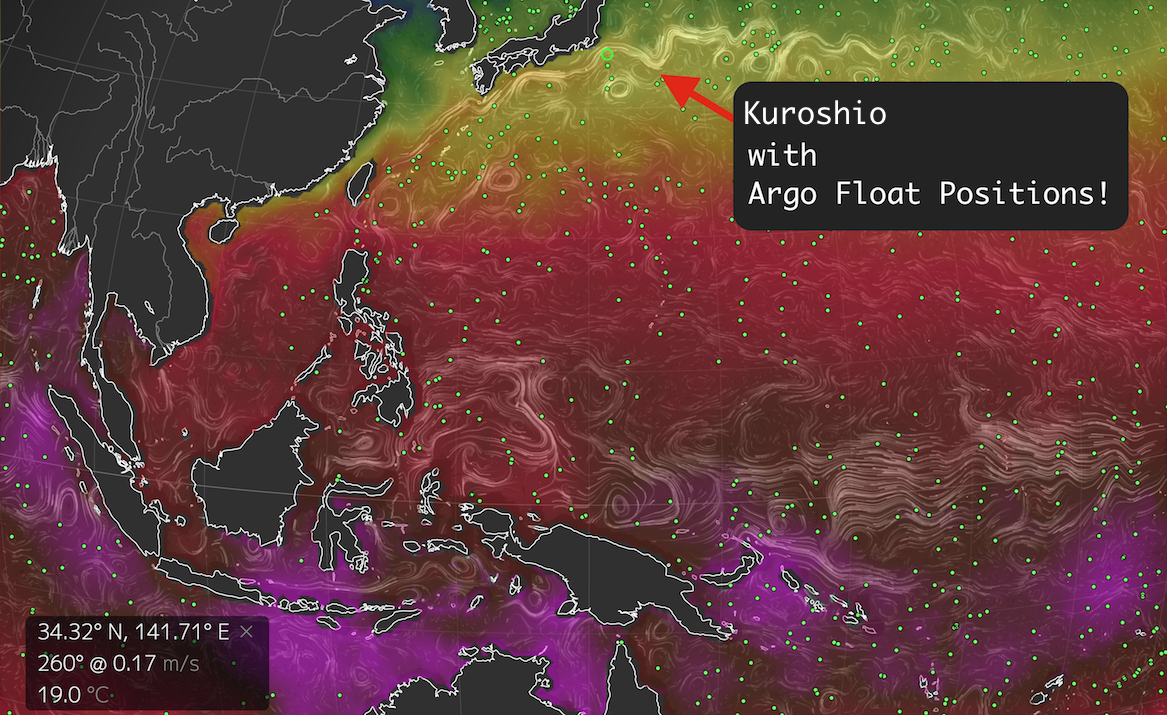Ray Collins/Barcroft Media/Getty
Oceans can be monitored with increasing scope and quality with the use of Argo floats.
Oceans can be monitored with increasing scope and quality with the use of Argo floats.
From Nature by Jeff Tollefson
The Southern Ocean guards its secrets well.
Strong winds and punishing waves have kept all except the hardiest sailors at bay. But a new generation of robotic explorers is helping scientists to document the region’s influence on the global climate.
These devices are leading a technological wave that could soon give researchers unprecedented access to oceans worldwide.
Oceanographers are already using data from the more than 3,900 floats in the international Argo array.
These automated probes periodically dive to depths of 2,000 metres, measuring temperature and salinity before resurfacing to transmit their observations to a satellite (see ‘Diving deeper’).
The US$21-million Southern Ocean Carbon and Climate Observations and Modeling Project (SOCCOM) is going a step further, deploying around 200 advanced probes to monitor several indicators of seawater chemistry and biological activity in the waters around Antarctica.
A primary aim is to track the prodigious amount of carbon dioxide that flows into the Southern Ocean.
“The Southern Ocean is very important, and it’s also very poorly known because it’s just so incredibly miserable to work down there,” says Joellen Russell, an oceanographer at the University of Arizona in Tucson and leader of SOCCOM’s modelling team.
Scientists estimate that the oceans have taken up roughly 93% of the extra heat generated by global warming, and around 26% of humanity’s CO2 emissions, but it is unclear precisely where in the seas the heat and carbon go.
A better understanding of the processes involved could improve projections of future climate change.
SOCCOM, which launched in 2014, has funding from the US National Science Foundation to operate in the Southern Ocean for six years.
Project scientists’ ultimate goal is to expand to all the world’s oceans.
That would require roughly 1,000 floats, and would cost an estimated $25 million per year.
The Japanese government has put a proposal to expand use of SOCCOM probes on the agenda for the meetings of the Group of 7 leading industrialized nations in Japan in May.
And the project is gaining high-level attention as a result: the SOCCOM team has briefed John Holdren, science adviser to US President Barack Obama.
Project scientists are rushing to develop a plan to expand use of the next-generation probes.
“It’s like, ‘Oh, couldn’t they wait a year?’” jokes SOCCOM associate director Ken Johnson, an ocean chemist at the Monterey Bay Aquarium Research Institute in Moss Landing, California.
His team is drafting a proposal to present to the international Argo steering committee at a meeting that begins on 22 March.
Beautifully viz'd data & floats in deep ocean.
(courtesy of earth.nullschool.net)
Meanwhile, another set of researchers hopes to extend the existing Argo array beyond its current 2,000-metre limit.
The US National Oceanic and Atmospheric Administration (NOAA) is spending about $1 million annually on a Deep Argo project to monitor ocean temperature and salinity down to 6,000 metres.
The agency deployed nine Deep Argo floats south of New Zealand in January, and is planning similar pilot arrays in the Indian Ocean and the North Atlantic.
The deep-ocean data will be particularly useful in improving how models simulate ocean circulation, says Alicia Karspeck, an ocean modeller at the National Center for Atmospheric Research in Boulder, Colorado.
“From a scientific perspective, it’s a no-brainer,” she says — noting that the new floats are a low-risk investment compared with spending money on developing models without additional oceanographic data.
NOAA is using two different models of float, both designed to withstand the crushing pressures at the bottom of the sea.
And Argo teams in Japan and Europe are already using upgraded floats that can reach down to 4,000 metres.
The goal is to establish a new international array of some 1,250 deep-ocean floats — most of which would need to dive to 6,000 metres.
Doing so would provide basic data on 99% of the world’s seawater.
“We are really still working the bugs out of the equipment and trying to show that we can do this,” says Gregory Johnson, a NOAA oceanographer in Seattle, Washington, and one of the principal investigators for Deep Argo.
Even if scientists succeed in expanding next-generation ocean probes around the globe, he says, the data that they provide will not supplant detailed measurements of carbon, water chemistry, salinity and temperature that are currently made by ship-based surveys.
Deep Argo measures only temperature and salinity, and the technology used in Biogeochemical Argo is not yet sensitive enough to measure subtle changes in the deep ocean.
Still, ship surveys — which are done on average every ten years — cannot follow how heat is taken up by the deep ocean.
By contrast, Deep Argo would allow researchers to continually watch heat move through the oceans.
That could lead to a better understanding of how the oceans respond to global warming — and how the climate responds to the oceans.
“This has all kinds of ramifications for ecosystems and climate,” says Johnson of NOAA.
Links :
- GeoGarage blog : Critical global ocean monitoring program struggling to stay afloat without funding promises, warn scientists / Measuring ocean heating is key to tracking global warming / How long can oceans continue to absorb Earth’s excess heat? / Different depths reveal ocean warming trends


No comments:
Post a Comment